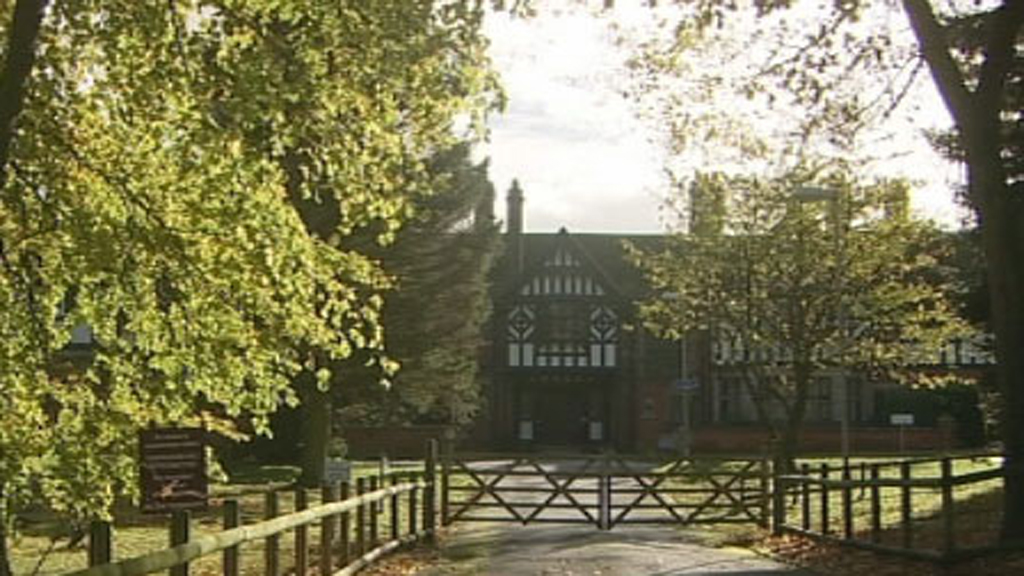North Wales child abuse: unanswered questions
A month since the scandal of historic child abuse in north Wales cost the job of BBC director general George Entwistle, Ciaran Jenkins looks at the unanswered questions that remain.

As critics lined up to call for George Entwistle’s head, a handful of commentators pointed out that the real and serious issue of child abuse was in danger of being overshadowed by the media’s hysteria over the future of the BBC.
And so it proved as we have heard little or nothing of this unsettling story since, writes Ciaran Jenkins. There are, however, many questions which remain unanswered:
Will the Jillings report ever be published in full?
Much of the present unease can be traced back to the failure of the old Clwyd County Council to publish a report it commissioned into child abuse in north Wales care homes.
In 1996 the order was made for the report to be pulped, following legal advice and fears that the publication would be in breach of the council’s insurance. This led to such pronounced public disquiet that the UK’s biggest ever inquiry into child abuse, the Waterhouse Tribunal, was established.
Clwyd County Council no longer exists but copies of the Jillings report are held by a number of its successor authorities.
Legal advice has been sought by Flintshire, Wrexham and Denbighshire councils to establish whether they can release it under Freedom of Information legislation.
However, Flintshire Council has informed Channel 4 News it is considering whether to exercise a number of exemptions which would prevent publication because disclosure could inhibit law enforcement, and because the report contains personal information and information provided in confidence.
Why have members of a paedophile ring been allowed to evade justice?
At the height of the furore that followed the BBC Newsnight broadcast Home Secretary Theresa May made a statement to parliament in which she said: “The (Waterhouse) report found no evidence of a paedophile ring beyond the care system, which was the basis of the rumours that followed the original police investigation.”
In fact, the Waterhouse report concluded that there was an active paedophile ring in the Wrexham and Chester area, and that paedophile activity was neither restricted to staff working in care homes, nor children resident in care homes. Waterhouse concluded that a “significant number” of people were involved.
He made particular reference to the Chester branch of the Campaign for Homosexual Equality, some members of which, he wrote, “saw it as a useful agency for identifying and contacting potential victims.”
If Waterhouse’s findings are accepted, why has this paedophile ring not been exposed and its members brought to justice?
Does the new police investigation go far enough?
In her statement to the House of Commons, Theresea May announced a major new inquiry led by the National Crime Agency which would re-examine the allegations of historic abuse in north Wales and the original police investigations. It is codenamed ‘Operation Pallial’ and is still in the evidence-gathering phase.
However, Channel 4 News has learned that the investigation is limited to the North Wales area and related allegations located in Cheshire are considered outside its terms of reference.
Did the Waterhouse Tribunal suppress key evidence?
The home secretary also commissioned an inquiry, led by Mrs Justice Macur, into the terms of reference of the Waterhouse Tribunal.
It arose from abuse victims’ claims they were prevented from giving evidence relating to specific named individuals. The claims were echoed by Clwyd County Council’s secretariat to the Waterhouse Tribunal in an interview with Channel 4 News.
Mrs Justice Macur has promised a “robust” and “thorough” inquiry, but the real test of this will be whether she tackles these allegations head on.
Was there a police cover up and will we ever know what really happened to victims of child abuse?
Operation Pallial must ask difficult questions of the police if it is to be credible.
It might begin by asking what happened to photographs depicting child abuse discovered in a flat in Wrexham in 1979? Much of the suspicion about outside involvement in the abuse of young boys stemmed from these images.
However, different police officers offered different accounts to the Waterhouse Tribunal about what the photographs showed and we learned that an order was made long ago for the images to be destroyed.
The uncertainty over these photographs illustrates the difficulty investigators face in drawing a line under this scandal. There are claims and counter-claims and an apparent lack of physical evidence. Victims and witnesses continue to come forward, however.
The Children’s Commissioner for Wales has now received information relating to 99 separate cases, 48 of which concern the original inquiry. Crucially, Channel 4 News has learned that Operation Pallial is actively investigating allegations from victims not previously known to the police. New evidence may yet emerge which could help clear up some of these mysteries once and for all.
-
Latest news
-
‘Government responsiveness should be improved’ says infected blood inquiry chair4m

-
Infected Blood scandal: How UK failed on a global scale4m

-
‘There’s a strong evidential basis’ for ICC to grant arrest warrants for Netanyahu, says criminal law expert4m

-
International Criminal Court prosecutor seeks arrest warrants for Israel PM and Hamas leaders3m

-
‘Highly unlikely there was foul play’ in Iran president helicopter crash, says Tehran professor5m

-




